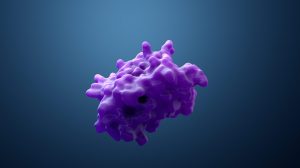Definition
noun
(taxonomy) A class of the Phylum Platyhelminthes that is comprised of parasitic flukes
Supplement
The phylum Platyhelminthes (flatworms) is comprised of parasitic worms characterized mainly by their flattened, bilaterally symmetrical body. This phylum includes the four classes: (1) Turbellaria, (2) Trematoda, (3) Monogenea, and (4) Cestoda. The Class Trematoda includes species (approximately 24,000 species1) that live as obligate parasites (or endoparasites). Most of them require two hosts to complete their life cycle. The class is divided into two sublasses: Digenea and Aspidogastrea. Digenea is the larger subclass and is comprised of parasitic species of both mollusk and vertebrate hosts. Aspidogastrea is a smaller subclass and includes trematode species (about 100 species) that live as obligate parasites of mollusks but may also infect vertebrates (e.g. turtles and fish). Monogenea is a former subclass of trematode but is now regarded as a distinct class of the phylum Platyhelminthes.
Species of the Class Trematoda are also commonly called as flukes. Medically important species include Schistosoma, Clonorchis, Opisthorchis, Fasciola, and Paragonimus species; they are capable of infecting (or infesting) humans. The digenetic trematodes are the only ones found in man.
Scientific classification:
- Kingdom: Animalia
- Phylum: Platyhelminthes
- Class: Trematoda Rudolphi, 1808
See also:
Reference(s):
1 Poulin, R. & Morand, S. (2005). Parasite Biodiversity. Smithsonian. p. 216.







